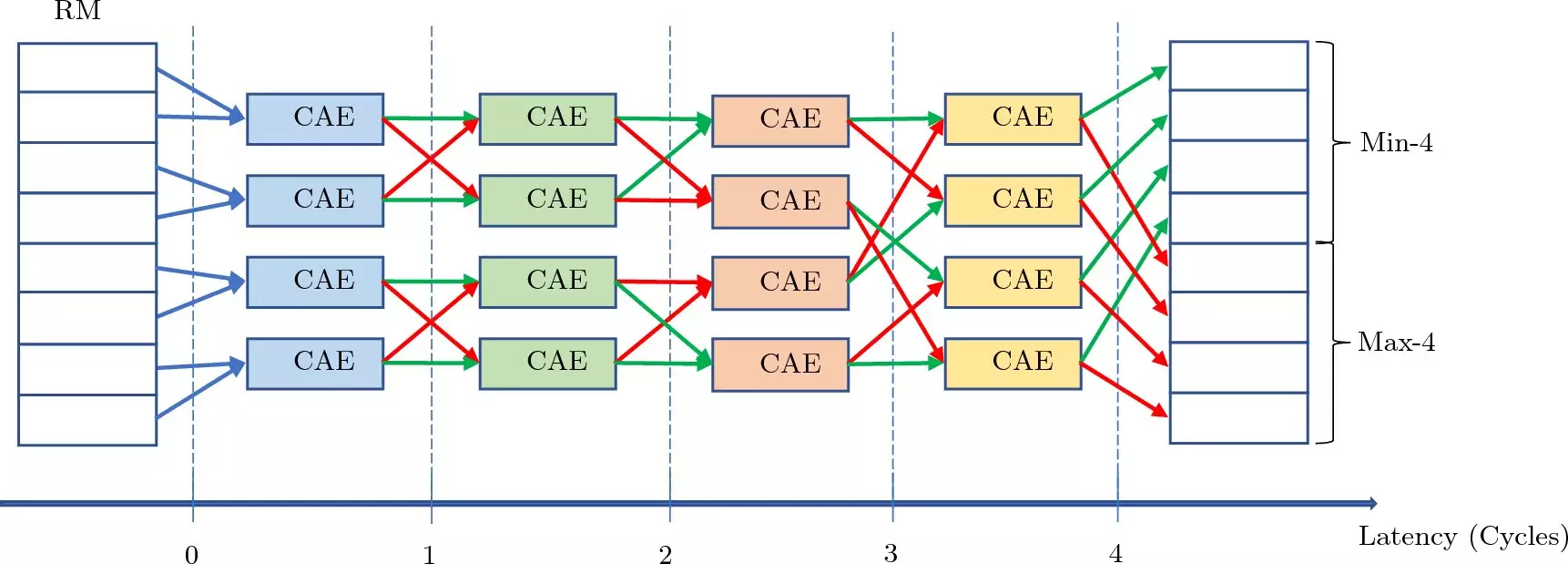Deep beneath the France–Switzerland border lies the world’s largest particle collider, the Large Hadron Collider. This gigantic device smashes protons together at near-light speed, creating small explosions that mirror the conditions immediately following the Big Bang. Scientists, such as Duke physicist Ashutosh Kotwal, believe that the debris from these collisions could hold the key to unlocking the mysteries of the universe, particularly the elusive dark matter.
While ordinary matter makes up the visible world, dark matter remains a hidden enigma. Scientists suspect that dark matter, which is five times more abundant than regular matter, could be responsible for phenomena like gravitational influences on stars and galaxies. The goal at the Large Hadron Collider is to detect dark matter and other unknown elements using detectors that function like massive 3D digital cameras, capturing snapshots of particle sprays created during collisions.
Identifying dark matter poses a significant challenge due to its elusive nature. Researchers hypothesize that one possible indication of dark matter could be the sudden disappearance of heavy charged particles into invisible dark matter particles. These disappearing tracks must be identified quickly among the vast amount of data generated by the LHC’s detectors, which record 40 million particle snapshots per second. As Kotwal describes it, finding the right snapshots is akin to finding a needle in a haystack.
To tackle the task of identifying these fleeting tracks in real-time, Kotwal has developed a solution using artificial intelligence (AI) techniques. His “track trigger” algorithm swiftly isolates and highlights the disappearing tracks amidst a cloud of data points. By distributing the image analysis among multiple AI engines on a silicon chip, the algorithm can process images within 250 nanoseconds, filtering out irrelevant data points efficiently.
Kotwal’s innovative approach has shown promising results, with plans to construct a prototype device by the next summer. While the full implementation of the device, comprising around 2000 chips, will take several more years, its potential impact on dark matter detection at the LHC is significant. As the accelerator ramps up its performance, generating more particles, Kotwal’s technology could play a crucial role in ensuring that any dark matter produced is detected promptly.
In the quest for understanding the mysterious components of the universe, the Large Hadron Collider stands at the forefront of scientific exploration. Through the fusion of advanced technology, such as AI algorithms, and the relentless dedication of researchers like Ashutosh Kotwal, the pursuit of unraveling the secrets of dark matter takes a significant leap forward. As technology continues to evolve, the hope remains that one day, the invisible mysteries of dark matter will be brought to light, reshaping our understanding of the cosmos.


Leave a Reply